Unveiling the Secrets of Home Solar Kit Installation
With electricity bills increasing steadily, home dwellers are increasingly looking to renewable energy sources for powering their households. Solar is one of the top choices, and DIY solar packages have made it easier than ever to go solar without any difficulty.
Are you keen on harnessing the power of the sun to generate electricity for your home? Then you’re likely already aware of the surging popularity of DIY solar kits. In this article, we’ll learn exactly what these systems are, how they function, and all the parts that make one up. Plus, you’ll discover the financial investment involved in purchasing a solar energy system, as well as some savvy measures for maximizing your solar power output.
Home Solar Power System Solutions: Do-It-Yourself Kits
An increasingly popular homeowner option, DIY solar kits present a comprehensive, all-inclusive solution for generating valuable solar energy. Ranging from small to large-scale varieties, these pre-packaged systems contain items like solar panels, mounting hardware, wiring, inverters, and other key necessities for execution. To make things easier for the average person looking to install or maintain, these kits are equipped with clearly outlined instructions for an optimized setup process.
What Goes into a DIY Solar Kit?
To generate energy from the sun and bring it into the home, a solar energy system is required. It assembles four main pieces – solar panels, inverters, mounting hardware, and wiring. Solar panels are mounted using the hardware and their electricity-generating capability captures the Sun’s rays. An inverter takes charge afterwards and converts the direct current (DC) produced by these panels into alternating current (AC), which is what modern appliances need. Finally, wiring links up the solar panels to the other components of the system.
Once the necessary elements of the solar energy setup have been suitably configured, a power source will be available. The electricity created by the system is directed towards your property’s major electricity board, supplying an energy source for daily living in your residence.
The Price of Sustainable Solar Energy
Solar energy system expenses can range anywhere from a few thousand dollars to the tens of thousands, depending on the number of components included and the size of the apparatus. An average DIY residential solar kit, which factors in both necessary pieces and installment/servicing cost, usually falls within $3,000 and $10,000.
If you decide to invest in a DIY solar powered system, you may be rewarded with a warranty that lasts between 10 and 25 years on average. As if that weren’t enough, the government is willing to further contribute to your endeavor by issuing various incentives like tax credits and rebates which are intended to lighten the load of the expenses of your system.
Make the Most of Your Solar Panel System with These Practical Tips
Having solar panels can be a rewarding experience – it’s a smart way to utilize natural energy sources, and you can end up saving quite a bit of money on costs in the long run. In order for you to maximize the return on your investment, however, there are certain measures you can take. Here are some useful tips to get the most out of your solar energy system:
1. Maintain your panels: Cleaning them regularly and making sure that they’re properly mounted can improve the efficiency of your solar power system by up to 20%.
2. Take advantage of weather patterns: Depending on where you live, taking advantage of sunnier periods in the day or even relying on excessive heat during summer seasons can provide optimal power production.
3. Be mindful of your lifestyle: Try to use appliances or electronics when the sun is highest in the sky in order to get a decent output from your solar panel system.
4. Utilize storage technology: Investing in a battery pack to store excess electricity may sound costly, but it will allow you to use power at night or during cloudy days and save significant amounts of money in the form of energy bills.
If implemented properly, these simple tips can go a long way toward optimizing your solar energy system.
It is important to maximize your return on investment from your newly-installed solar energy system by following a few simple steps.
For optimum energy production, make sure your system is placed in a spot that enjoys a good dose of daylight. As well, keep the solar panels clear of obstructions and clean of dust; otherwise, your system’s efficiency could suffer.
When considering the benefits of installing a solar energy system, think also about investing in solar energy storage. Doing so will enable you to put off using the energy produced by your solar setup and use it at a later date when the amount of power produced falls short of what you need. This is an ideal way to ensure consistency and reduce energy demands.
Homeowners now have the opportunity to introduce cost-saving solar energy systems into their lives through DIY solar kits. These comprehensive kits are an easy and accessible option since they come with everything you need to get things going, and the step-by-step assembly instructions guide you through the entire process of installation and maintenance. Cost-effective options are becoming more available through various tax credits and other monetary incentives, propelling DIY solar kits as a lucrative choice. With a bit of research and knowledge on solar energy, these kits are a potential game changer for reducing financial outflows and minimizing your carbon footprint.
A Guide to Domestic Solar Kits: An Introduction
Homeowners who wish to save on electricity bills have begun to embrace DIY solar kits like never before. Given the rise in energy prices, renewable sources of energy such as solar energy have emerged as feasible alternative power sources. Thus, DIY solar kits have become an economical and feasible way for people to access the rewards of this clean and green energy source. Most kits are packed with all that is necessary for a homeowner to set up their own solar system, making it easier than ever to benefit from solar power’s environmentally friendly advantages.
Homeowners are starting to access solar energy more easily and more economically through DIY solar kits. These kits offer all the components and instructions necessary to set-up a mini solar electric system on one’s home. Usually they contain solar panels, mounting hardware, charge controllers, and batteries – all which work in tandem. Initially, the panels will capture the sunlight and convert it into electricity that is kept saved in the batteries for future needs. Moreover, the charge controllers regulate the flow of electricity coming from the panels to its designated storage while the mounting hardware is what holds the panels in place atop your property.
Bringing solar power to your home need not be a difficult task. Assembling a DIY kit requires just a single day, starting out with the mounting of the photovoltaic panels atop the roof. Use the mounting brackets to secure them and afterwards, all that’s left is to hook up the charge controllers and batteries. The charge controllers steer the flow of electricity from the solar cells to the batteries, thus ensuring that no energy is wasted along the way. The batteries serve as storage for later use, ensuring that you have some extra electricity tucked away for those times when Mother Nature isn’t quite so generous.
Upon the completion of a DIY solar kit installation, homeowners can experience the multiple advantages of solar power. Not only is it green, renewable, and cost-free, but it can reduce one’s electricity expenditures substantially. Additionally, it offers illumination and comfort to households through powering up everyday needs such as ovens, lights, and other electronic devices. What’s more, absorbing this renewable source of energy may also qualify one for rewarding tax credits and incentives.
Homeowners keen to trim their electricity bills and take up the advantages of solar energy should consider installing a DIY solar kit. Such kits are straightforward to set up and come with all of the required ingredients and directives, thus rendering them a user-friendly conduit for reaping the benefits of solar. What’s more, this renewable, eco-friendly source of energy is completely free, making it an inviting option for those trying to save money. With a DIY solar kit, any homeowner could harness the power of the sun – a move that would undoubtedly reap a wealth of rewards.
Post time: 2023-08-03
Related Product
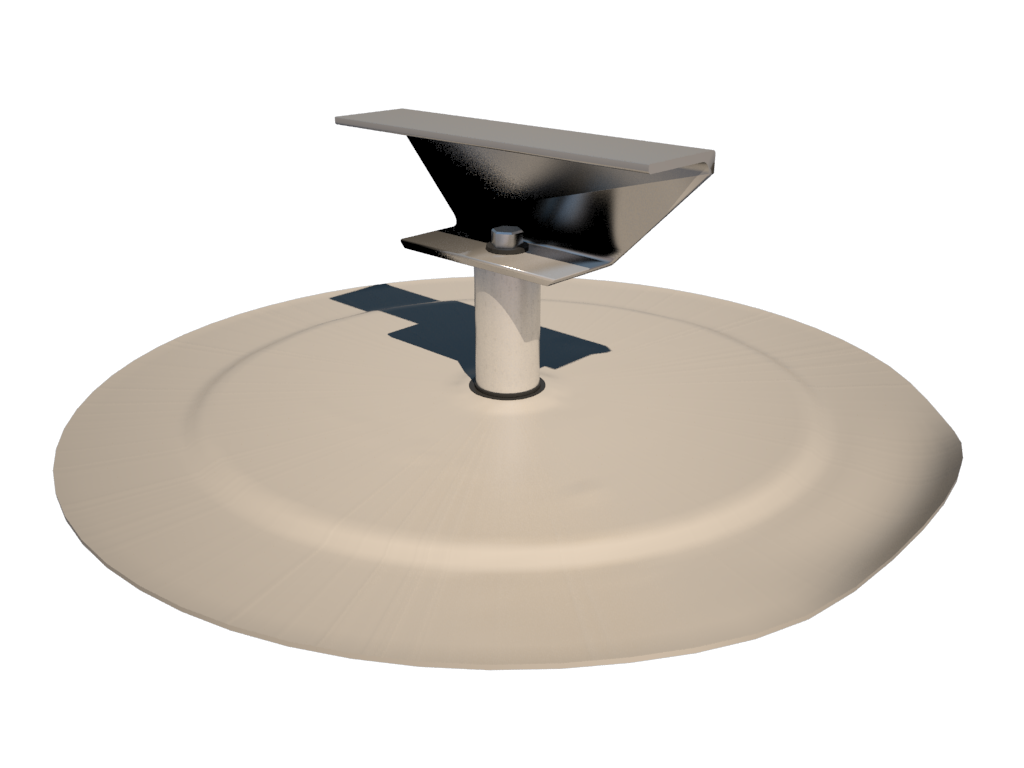
PV bridge support
Features of PV bridge support products: Strong resistance to negative wind pressure, good stability, strong bearing capacity and strong lateral tensile capacity; Easy and fast ins […]
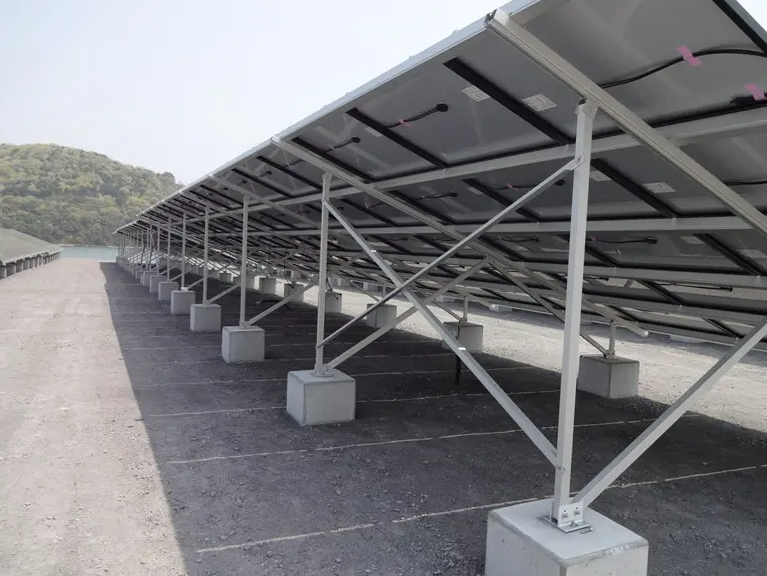
GROUND MOUNT PV Support
Placement position Ground Applicable component type Framed or frameless solar panels of various sizes Raw materials of support aluminium alloy Installation angle According t […]
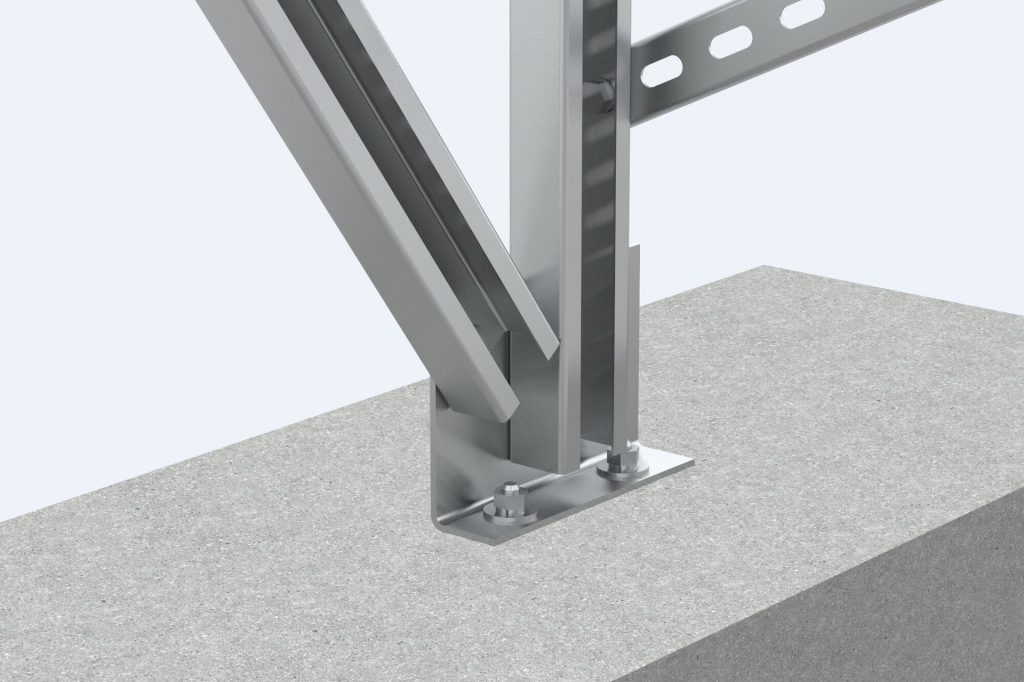
Flat roof photovoltaic support
Flat roof photovoltaic support Analysis of installation and construction problems of flat roof photovoltaic power station The external roof system on the roo […]
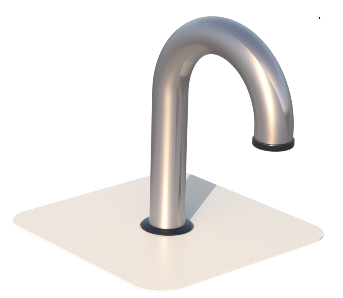
PV support KITS
What is Cable conduit? A metal protective tube with certain mechanical strength laid on the outer layer of the cable to prevent the cable from being damaged Cable threading […]
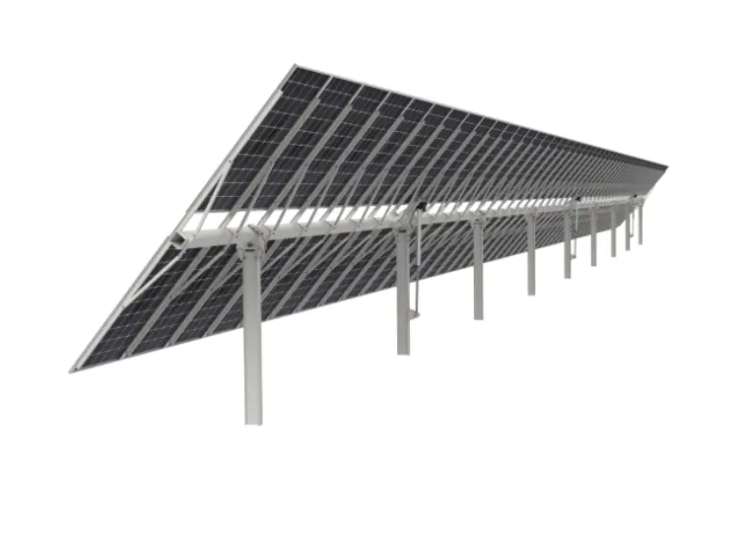
PV bracket tracking system
Ground tracking photovoltaic support Fully adapt to 210 major components The product has been tested in CPP wind tunnel Use AI algorithm to optimize tracking mode Irregular land is […]
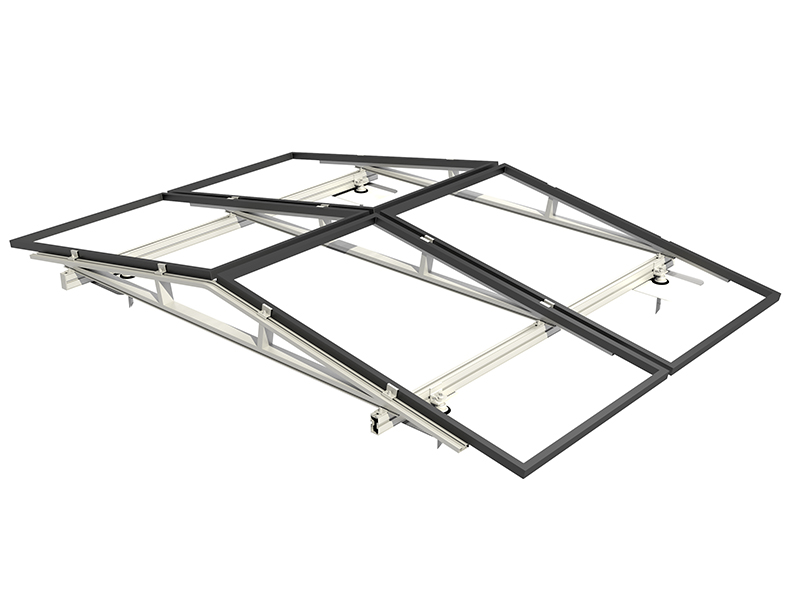
Inclined roof photovoltaic support
V support system for inclined roof The inclined roof installation system is suitable for all kinds of inclined roofs. According to the roof bearing capacity and waterproof requirem […]
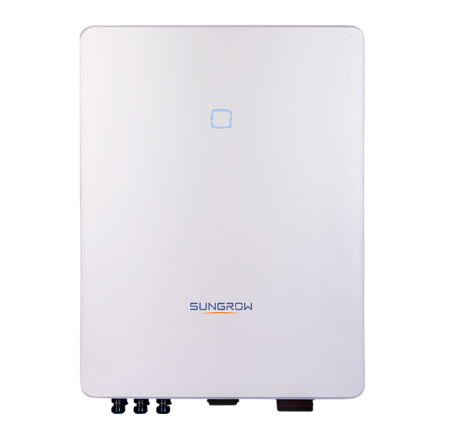
PV inverter
PV inverter (PV inverter or solar inverter) can convert variable DC voltage generated by photovoltaic (PV) solar panel into AC inverter of mains frequency, which can be fed back to […]

Solar panel
PV Kits for fields, flat and pitched roofs The kit using photovoltaic support system is critical to photovoltaic support, including wind calculation speed, order picking speed and […]
